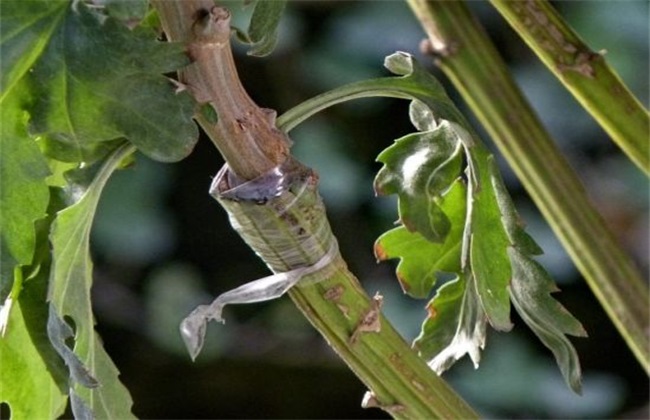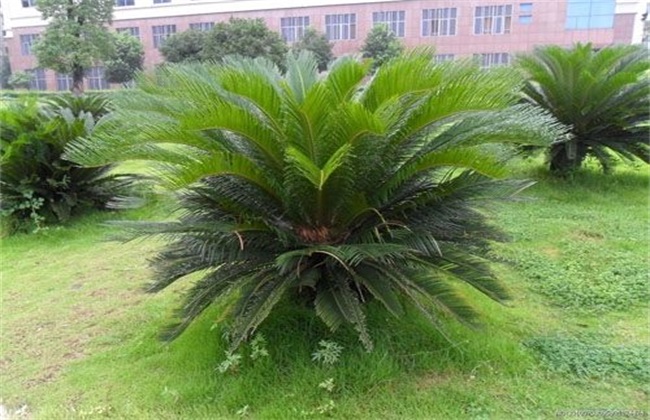The best time for longevity flower cutting
Longevity flowers are indoor cultured flowers with high ornamental value, and most of them are planted in pots. As the plant is succulent, so propagation is very suitable for cutting, cutting is easy to survive, but also convenient and time-saving. Now it is generally cutting propagation, so when is the time of cutting propagation most likely to survive and grow best. I will introduce them to you one by one next.

1. Cutting time
Cutting is supposed to be carried out all the year round, but the survival rate is not the same. Because it will be more or less affected by the external environment. For example, the low temperature in winter, even indoors, the temperature is not as good as other seasons, rooting must be very slow. And there are different ways of cutting leaves and branches, in fact, leaf cutting is suitable for spring, when the plant germinates strongly and is easy to take root. The most suitable seasons are spring and autumn. Hot summer, prone to diseases, shading, moisturizing management work is too much.
2. Leaf cuttage
Choose large branches, put them on healthy and disease-free branches, and place them in a cool area for a few hours after picking leaves. When the wound is dry and free of sap, you can cut it, otherwise the wound will come into direct contact with the soil and be prone to infection and decay. It is best to use river sand cuttings, good air permeability and moisture retention, not easy to infection. The petiole is inserted into the river sand and the petiole is completely covered, but the blade is not covered. After that, it is placed in a cool and ventilated place, which is required not to be directly exposed to the sun, spray water every day, check, and spray fertilizer on the leaves after taking root.
3. Branch cutting
Choose a branch near the top, preferably with a terminal bud, about 5 to 8 centimeters long. Cut in the river sand in the same way as leaf cutting, but the lower leaves may have to be removed, leaving only the terminal bud, the cutting depth is about 3 cm, and the lower end is an oblique cut. Similarly, the wound should be dried, and then sprayed with water, no bright light can be seen. Sometimes you can spray some potassium dihydrogen phosphate to promote nutrition. Attention should be paid to water control after cutting. it is succulent and easy to lack water.
4. Points for attention
Pay attention to water control after cutting, itself is succulent, water content is too much, watering too much, easy to rot, do not take root. Finally, there is water spraying, about once a day or two, and once in a dry season. Pay attention to choose a container with good air permeability, otherwise it is easy to accumulate water. Before growing roots, the humidity is a little higher, the shade is stricter, and when the roots grow, you should reduce watering so that you can see light properly.
The best time for longevity flower cutting is in spring and autumn. In these two seasons, the air humidity is suitable and the temperature is suitable, which is conducive to rooting. Finally, cutting longevity flowers is relatively easy to survive, it is best to pay attention to some management details.
Related
- Fuxing push coffee new agricultural production and marketing class: lack of small-scale processing plants
- Jujube rice field leisure farm deep ploughing Yilan for five years to create a space for organic food and play
- Nongyu Farm-A trial of organic papaya for brave women with advanced technology
- Four points for attention in the prevention and control of diseases and insect pests of edible fungi
- How to add nutrient solution to Edible Fungi
- Is there any good way to control edible fungus mites?
- Open Inoculation Technology of Edible Fungi
- Is there any clever way to use fertilizer for edible fungus in winter?
- What agents are used to kill the pathogens of edible fungi in the mushroom shed?
- Rapid drying of Edible Fungi



